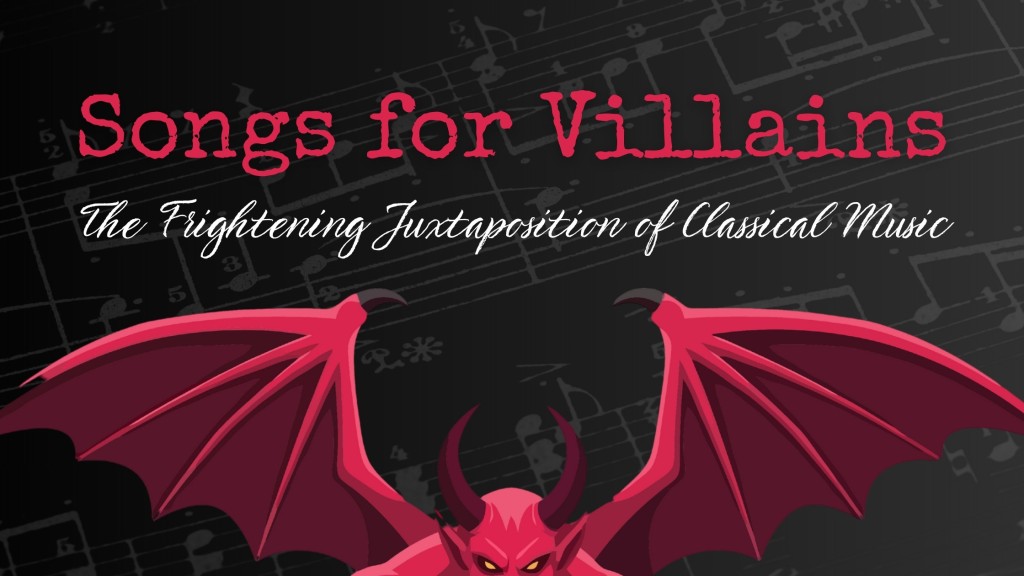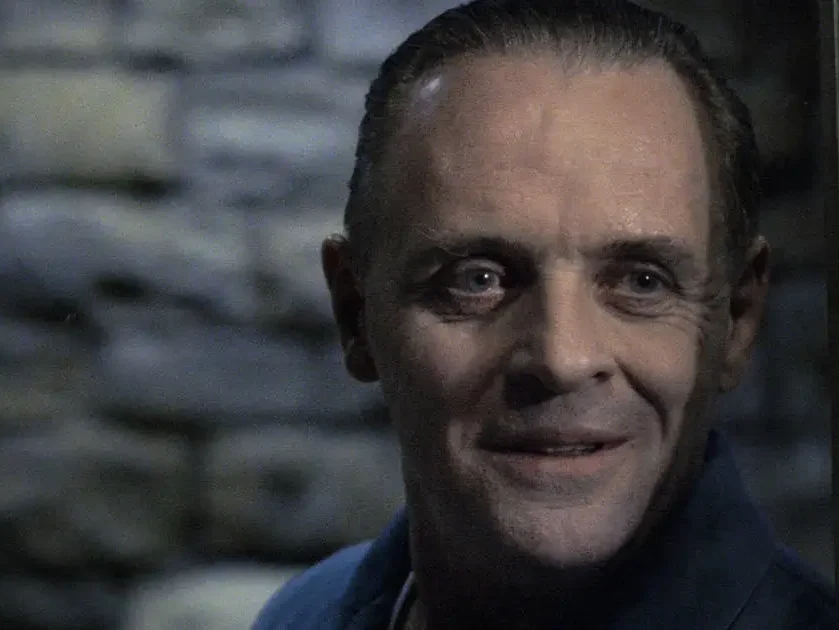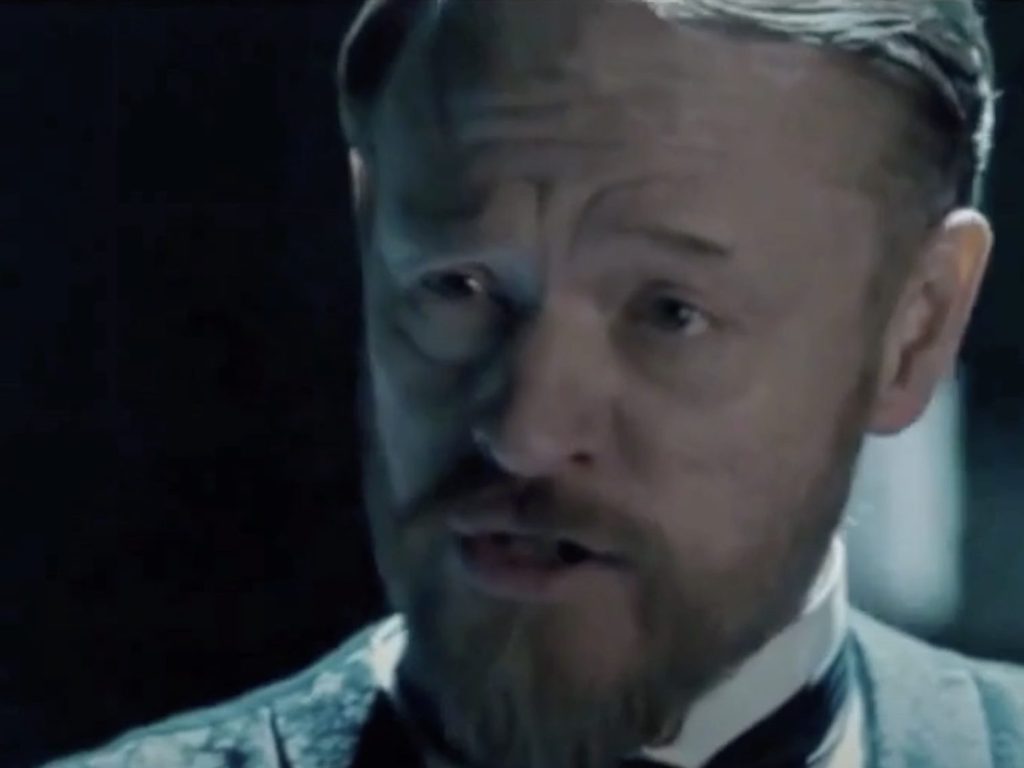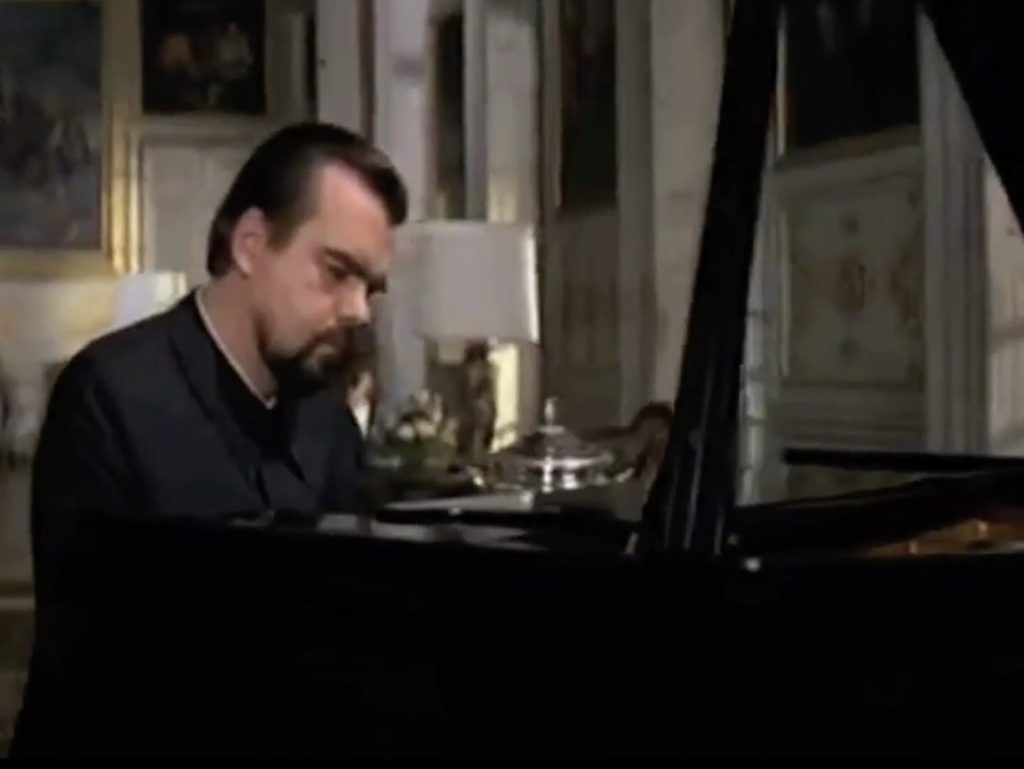"Evil doesn't look like evil on camera, we gotta use smart people instead."
"What do you use if you want a smart person?"
"Usually we just tape a bunch of cats together."
#memes #shitpost #beavisandbutthead #homelander #breakingbad #hannibal
"Evil doesn't look like evil on camera, we gotta use smart people instead."
"What do you use if you want a smart person?"
"Usually we just tape a bunch of cats together."
#memes #shitpost #beavisandbutthead #homelander #breakingbad #hannibal
Hannibal: van Saguntum tot Cannae
Het slagveld bij het Trasimeense Meer[Dit is het tweede van vier stukjes over het leven van de Karthaagse veldheer Hannibal. Het eerste was hier.]
Terwijl in Karthago diplomaten spraken over de uitlevering van Hannibal, was deze bezig met de voorbereiding van een grote oorlog. Iberische troepen werden overgeplaatst naar de Maghreb, Afrikaanse troepen werden het nieuwe garnizoen van Iberië. Hij benoemde zijn broer Hasdrubal tot bevelhebber in Iberië, en stak in de zomer van 218 v.Chr. de rivier de Ebro over. Het was oorlog, zoveel was duidelijk. Onmiddellijk stuurde Rome versterkingen naar Sicilië, waar de oorlog naar verwachting zou ontbranden. De Romeinse vloot bleek oppermachtig, schakelde de Karthaagse vloot uit en verhinderde zo dat Hannibal overzee bevoorraad zou worden als hij in Italië was. Dit zou de komende jaren nauwelijks gebeuren.
Het was dus een waagstuk, dat Hannibal de Pyreneeën overstak om de oorlog naar Italië te brengen. Hij zou er op zichzelf zijn aangewezen. Of hij dit altijd van plan is geweest, zoals onze bronnen beweren, is moeilijk uit te maken. Ze vertellen het verhaal zoals Rome het graag zou hebben gezien. In elk geval: hij trok met een leger van 50.000 man infanterie, 9.000 man cavalerie en 37 olifanten door de Languedoc, stak de rivier de Rhône over (misschien bij Avignon), rukte op naar een plek die Het Eiland wordt genoemd en trok daarvandaan de Alpen over. Begin november 218 hadden 20.000 soldaten en 8.000 ruiters de vlakten langs de rivier de Po bereikt in de buurt van de stad Turijn.
De Povlakte werd bewoond door Galliërs die kort daarvoor door Rome waren onderworpen en die Hannibal maar al te graag verwelkomden. Hij zou ze helpen het Romeinse juk af te werpen. De Romeinen waren zich bewust van het gevaar en zonden onmiddellijk een leger om dit te voorkomen. In een cavaleriegevecht bij de rivier de Ticinus (ten oosten van Turijn) versloegen de Karthagers echter hun tegenstanders. Onmiddellijk meldden zich zo’n 14.000 Galliërs aan om onder Hannibal te dienen. Dankzij hun hulp behaalde Hannibal een tweede overwinning bij de rivier de Trebia (bij het huidige Piacenza).
In het vroege voorjaar van 217 verliet Hannibal zijn winterkwartier in Bologna, trok door de Apennijnen en verwoestte Etrurië. De Romeinen deden een tegenaanval met ongeveer 25.000 man, maar hun consul, Gaius Flaminius, werd verslagen en gedood in een hinderlaag tussen de heuvels en het Trasimeense Meer. Twee legioenen werden vernietigd.
Hannibal verwachtte dat de bondgenoten van Rome nu hun meesteres zouden verlaten en naar hem zouden overlopen. Dit gebeurde echter niet. De bestuurders van de Etruskische stadstaten moeten hebben geweten dat als Hannibal weg zou zijn, Rome er nog altijd wel was en dat Romes vermogen tot straffen groter was dan Hannibals bescherming. Dus was Hannibal gedwongen voor de tweede keer de Apennijnen over te steken, in de hoop een nieuwe basis te vestigen in Apulië, de “hak” van Italië. Intussen viel Rome Hannibals aanvoerlijnen aan door Catalonië te veroveren.
Hannibal moet hebben geweten dat hij de oorlog niet kon winnen. Hij kon totaal geen voorraden krijgen en Romes bondgenoten bleven Rome trouw. Desondanks probeerde de Karthaagse veldheer langs diplomatieke weg Romes bondgenoten tot afvalligheid te bewegen.
De Romeinen benoemden ondertussen Quintus Fabius Maximus tot dictator, een magistraat met buitengewone bevoegdheden. Deze achtervolgde de invaller, maar ontweek de strijd; de Romeinen vonden Fabius’ strategie onaanvaardbaar en zouden hem later “de treuzelaar” (Cunctator) noemen. Dit was niet helemaal eerlijk: Fabius had geen ervaren troepen en moest zijn leger nog trainen. En al die tijd bleven de Romeinse bondgenoten Rome trouw.
CannaeIn 216 besloot de Romeinse Senaat dat de tijd gekomen was om het probleem op te lossen met één grote, beslissende veldslag. Om geen enkel risico’s te nemen stelden de twee consuls een leger samen van niet minder dan 80.000 man, terwijl het leger van Hannibal ongeveer 50.000 man telde. De slag bij Cannae, die plaatsvond op 2 augustus, liep voor Rome uit op een catastrofe. In het centrum week Hannibals linie onder druk van de Romeinse troepen naar achteren, terwijl de Karthaagse cavalerie de Romeinen omcirkelde. Omdat de legionairs niet door het Karthaagse centrum konden breken, waren ze zelf aan alle kanten omcirkeld en volgde hun vernietiging.
Enkele Romeinse bondgenoten wisselden nu dan toch van partij. Sardinië kwam in opstand, al was Rome de situatie snel meester. Capua was een ernstiger probleem. Het werd Hannibals hoofdstad in Italië. De succesvolle Karthaagse bevelhebber was dertig jaar oud toen hij zijn nieuwe basis binnentrok, gezeten op zijn laatste overlevende olifant.
[Wordt vervolgd. Uiteraard is dit stukje reclame voor mijn komende boek, Hannibal in de Alpen, dat in januari verschijnt maar dat u hier alvast kunt bestellen.]
#Apennijnen #Avignon #dictator #Frankrijk #Hannibal #HannibalInDeAlpen #HasdrubalBarka #Italië #Piacenza #Placentia #Povlakte #QuintusFabiusCunctator #Saguntum #slagBijCannae #strategie #TrasimeenseMeer #TweedePunischeOorlog
𝗪𝗜𝗞𝗜𝗣𝗘𝗗𝗜𝗔'𝗦 𝗙𝗘𝗔𝗧𝗨𝗥𝗘𝗗 𝗔𝗥𝗧𝗜𝗖𝗟𝗘
✧ siege of Tunis ✧
During the siege of Tunis in October 238 BC, a rebel army under Mathos (pictured) was besieged by a Carthaginian force under Hamilcar Barca and Hannibal. The Carthaginian army, which had served in Sicily during the First Punic War, mutinied and started the Mercenary War. After destroying a rebel army at the Ba...
#HamilcarBarca #MercenaryWar #PunicWar #Hannibal #Hamilcar #Wikipedia
https://en.wikipedia.org/wiki/Siege_of_Tunis_(Mercenary_War)
Numidië
Timgad, een van de voornaamste Romeinse steden in NumidiëDe Numidiërs waren de mensen die woonden in het gebied ten westen van Karthago. Er waren twee regio’s, bewoond door de Massyliërs in het noordoosten van het huidige Algerije en de Masaeisyliërs in het noordwesten. Ik weet er vrijwel niets van. Daarom zit ik, tegen de tijd dat u dit leest, in het vliegtuig naar Tunis, van waaruit ik Karthago wil bezoeken om daarna richting Algiers te reizen. Daar hoop ik ten tijde van de verkiezingen te zijn, dus wie weet wat we gaan beleven.
Om de waarheid te zeggen heeft mijn reis iets van een vlucht. Ik heb twee krankzinnig drukke maanden achter de rug. Ik werk aan een boek. Mijn vorige boek is donderdag gepresenteerd. Mijn huis wordt verbouwd – ze zijn er al anderhalf jaar mee bezig – en de rust die ik zoek, wordt me juist daar waar je denkt jezelf te kunnen zijn, het luidruchtigst ontnomen. Afgelopen woensdag, nadat ik ook onverwacht een nieuwe computer had moeten kopen en installeren, bedacht ik dat ik behoefte had aan vakantie; dat heb ik niet vaak en komt schokkend snel nadat ik verfrist terug was gekomen van mijn schrijfzomer in Gemmenich. Kortom, ik ga op reis om, door iets nieuws te leren, de accu op te laden.
Het land
Het Numidische landschap bestaat, zo begrijp ik, uit een kuststrook met daarin de havens van Caesarea (het moderne Cherchell), Tipasa, Icosium (Algiers) en Hippo Regius (Annaba). Daarachter beginnen de hooglanden van Numidië. Wie vanuit de havensteden het land intrekt, steekt eerst een oostelijke uitloper van de Tell Atlas over, bereikt daarna de golvende, steppeachtige vlakte die nu de “Hautes Plaines” wordt genoemd, en steekt vervolgens de Sahara-Atlas over om te eindigen bij de zandwoestijn, de Grand Erg. In het oosten sluiten de twee uitlopers van de Atlas zich in het berglandschap dat Aurès heet. Net ten oosten van de Tunesische grens werd bij Chimtou het beroemde giallo antico gewonnen dat je in alle delen van de oude wereld wel vindt.
Numidische goden, ChimtouIk heb begrepen dat het gebied vrij vruchtbaar is. Dat de Numidiërs voornamelijk zwervende herders zouden zijn geweest, is een misverstand gebaseerd op het feit dat hun naam lijkt op het Griekse woord νομάδες, dat verwijst naar herdersstammen. Die waren er zeker. Ze hadden hutten op wielen die ze mapalia noemden. Maar de meeste mensen waren sedentair, zoals Herodotos al correct vermeldt.
De Numidische kusten werden voor het eerst verkend door de Feniciërs, die hier verschillende kolonies stichtten, zoals Iol en Hippo Regius. Hier handelden ze met de mensen in het binnenland.
Numidisch koningsgraf te Médracen, niet ver van BatnaDe vorsten van Numidië
De twee genoemde politieke eenheden, de Massyliërs in het oosten en de Masaeisyliërs richting Marokko, zijn gedocumenteerd vanaf de derde eeuw v.Chr. Beide groepen leverden cavalerie, die bijvoorbeeld tijdens de Tweede Punische Oorlog meevocht in het leger van Hannibal (218-202). De Karthaagse bondgenoot Syfax was in die tijd leider van de Masaeisyliërs; zijn rivaal was de Romeinse bondgenoot Massinissa van de Massyliërs. Deze profiteerde van zijn bondgenootschap met Rome en veroverde na de Tweede Punische oorlog de steden Sabratha, Oea en Lepcis Magna in het huidige Libië.
Numidische ruiter (Musée national des antiquités, Algiers)Massinissa stierf in 148 v.Chr., kort voordat de Romeinen Karthago veroverden en het huidige Tunesië annexeerden. De Massylische koning werd opgevolgd door zijn zonen Micipsa, Gulussa en Mastanabal en later door Jugurtha (r.118-104). De laatste werd verslagen door de Romeinse generaal Marius, waarna delen van zijn koninkrijk werden toegevoegd aan het Romeinse rijk. In 46 v.Chr. voegde Julius Caesar meer Massyliaans gebied toe aan het Romeinse Rijk. De Masaeisylische Numidiërs verloren hun onafhankelijkheid pas later en werden opgenomen in de provincie Mauritanië.
Romeinse provincie
Het Derde Legioen Augusta, aanvankelijk gevestigd in Tebessa (tegenwoordig Theveste), zou de grens verdedigen. Het werd later overgeplaatst naar Lambaesis (bij Batna). Even verderop lag de nieuwe stad Thamugadi (Timgad). Ik hoor dat dit een schitterende plak is om te bezoeken, werelderfgoed zelfs, dus ik kijk ernaar uit.
Hoewel we niet beschikken over antieke Numidische literatuur, kennen we de namen van verschillende goden. In Cirta (het huidige Constantine) is bijvoorbeeld een heiligdom opgegraven van Baal-Hammon, de heer van de Onderwereld. Ik blogde er al over. Onder de Numidische goden waren ook Aulisua, Iocolon en Motmanius, bekend van inscripties maar wel wat schimmig.
Lambaesis, Romeinse legioenbasisDe Romeinse auteur Cassius Dio verwijst naar religieuze bezweringen en betoveringen, waardoor de Numidiërs regen zouden hebben laten vallen. Soortgelijke bezweringen worden genoemd door Herodotos. Dit was de wereld waarin de christelijke auteur Augustinus leefde (354-430). Hij is geboren in Thagaste en eindigde als bisschop van Hippo Regius. Ik ben erg benieuwd wat we de komende twee weken zullen meemaken.
#Algerije #Algiers #Annaba #Augustinus #Cherchell #Chimtou #ChristianJongeneel #Cirta #Constantine #GaiusMarius #Gulussa #Hannibal #HerodotosVanHalikarnassos #HippoRegius #Icosium #IIIAugusta #IolCaesarea #Jugurtha #JuliusCaesar #Lambaesis #LepcisMagna #Masaeisyliërs #Massinissa #Massyliërs #Mastanabal #Medracen #Micipsa #Oea #Sabratha #Syfax #Thagaste #Thamugadi #Timgad #Tipasa
Will I ever be over #Hannibal?
Well, I don't think so XD
I hope you like it 💙
#HannibalLecter #MadsMikkelsen #Wisesnail #Portrait
You can find this work here:
- RedBubble - https://www.redbubble.com/shop/ap/168476674
- TeePublic - https://www.teepublic.com/t-shirt/72216375-canon-in-h
- Threadless - https://wisesnail.threadless.com/
HAPPY FIENDISH BIRTHDAY TO HANNIBAL🔥
𝐄𝐕𝐄𝐑𝐘 𝐃𝐀𝐘 𝐈𝐒 𝐇𝐀𝐋𝐋𝐎𝐖𝐄𝐄𝐍
#losmorts #horrorpunk #horrormetal #hannibal #horrormask #ghoul #fiend
Hannibal seizes momentum late in win over Illini West | Sports
CARTHAGE, Ill. — It was a battle of contrasting styles in Monday’s cross state battle between Illini West…
#NFL #LosAngelesChargers #LosAngeles #Chargers #AmericanFootball #Football #hannibal #NationalFootballLeague #nflseasons #NFLteams #teamsports
https://www.rawchili.com/nfl/445047/



